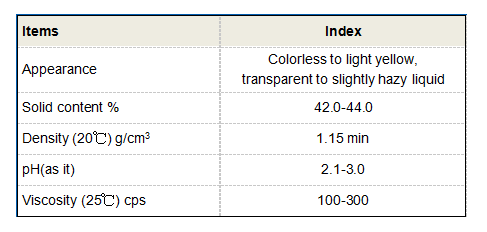Exploring Different Types of Flocculants and Their Applications in Various Industries
Understanding Flocculant Types and Their Applications
Flocculants are chemical agents used to promote the clumping or agglomeration of particles suspended in liquids. These agents are widely applied in various industries, including water treatment, mining, and paper manufacturing. The choice of flocculant can significantly affect the efficiency of these processes, making a solid understanding of different flocculant types essential for any professional in the field.
Types of Flocculants
Flocculants can be classified into several categories based on their chemical composition and charge properties. The primary types include inorganic flocculants, organic flocculants, and natural flocculants. Each type has distinct characteristics, applications, and advantages.
1. Inorganic Flocculants Inorganic flocculants are widely used in water treatment processes. The most common inorganic flocculant is aluminum sulfate, also known as alum. This compound works by neutralizing the negative charges on suspended particles, allowing them to aggregate and settle. Another notable inorganic flocculant is ferrous sulfate, often utilized in the treatment of wastewaters containing heavy metals. One of the advantages of inorganic flocculants is their cost-effectiveness; however, they may not be as efficient for certain types of highly charged or organic particulates.
2. Organic Flocculants Organic flocculants are typically synthetic polymers and are known for their high efficiency in removing suspended solids from water. These flocculants can be cationic, anionic, or nonionic, depending on the charge they carry. Cationic flocculants are particularly effective in treating negatively charged particles, while anionic flocculants are used for positively charged particles. An example of an organic flocculant is polyacrylamide, which is often employed in waste treatment systems and mineral processing. While organic flocculants are generally more expensive than their inorganic counterparts, their superior performance in specific applications justifies the cost.
flocculant types

3. Natural Flocculants Derived from natural sources, natural flocculants include substances such as chitosan, starch, and various gums. These flocculants are increasingly gaining attention due to their biodegradability and minimal environmental impact. For instance, chitosan, obtained from crustacean shells, not only acts as a flocculant but also possesses antimicrobial properties, making it suitable for food industry applications. The use of natural flocculants is aligned with the growing trend towards sustainable practices, as they contribute to reducing the carbon footprint of industrial processes.
Selection Criteria for Flocculants
When selecting a flocculant, several factors must be considered. These include the nature of the suspended particles, the operating conditions (such as pH and temperature), and economic considerations. For instance, in wastewater treatment, the flocculant’s efficiency in removing specific contaminants and its compatibility with other treatment chemicals play crucial roles. Moreover, regulatory requirements regarding toxicity and biodegradability are increasingly influencing the choice of flocculants, pushing industries towards safer alternatives.
Conclusion
In summary, the world of flocculants is diverse and complex, with various types available to meet specific industrial needs. Understanding the different types of flocculants, namely inorganic, organic, and natural, along with their properties and applications, is fundamental for optimizing their use. As industries continue to evolve and environmental regulations tighten, the trend towards sustainable and efficient flocculant options will likely drive innovation and research in this vital area of chemical engineering.
-
lk-319-special-scale-and-corrosion-inhibitor-for-steel-plants-advanced-solutions-for-industrial-water-systemsNewsAug.22,2025
-
flocculant-water-treatment-essential-chemical-solutions-for-purification-processesNewsAug.22,2025
-
isothiazolinones-versatile-microbial-control-agents-for-industrial-and-consumer-applicationsNewsAug.22,2025
-
scale-inhibitor-key-solutions-for-water-system-scale-preventionNewsAug.22,2025
-
organophosphonates-versatile-scale-inhibitors-for-industrial-water-systemsNewsAug.22,2025
-
scale-and-corrosion-inhibitor-essential-chemical-solutions-for-water-system-maintenanceNewsAug.22,2025





